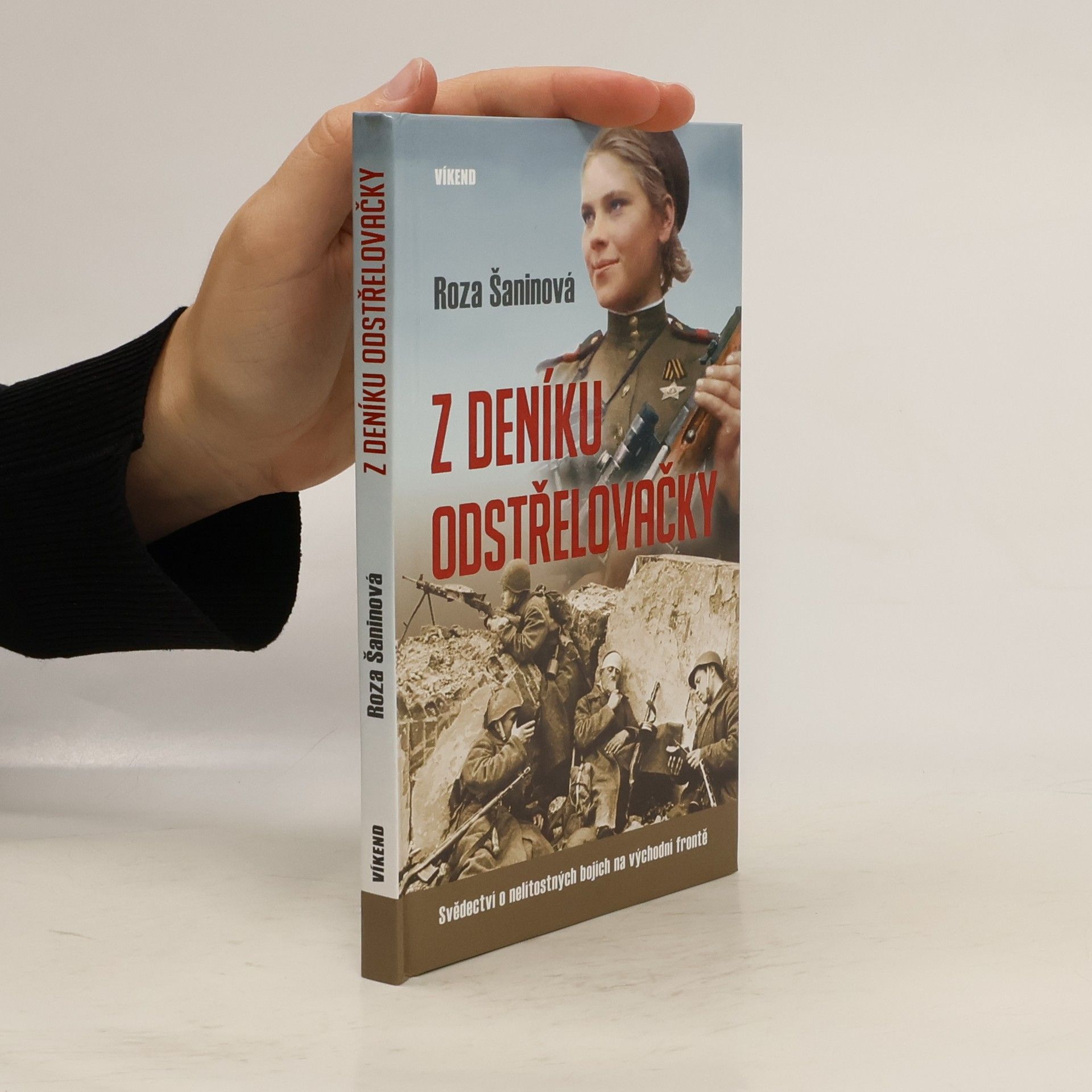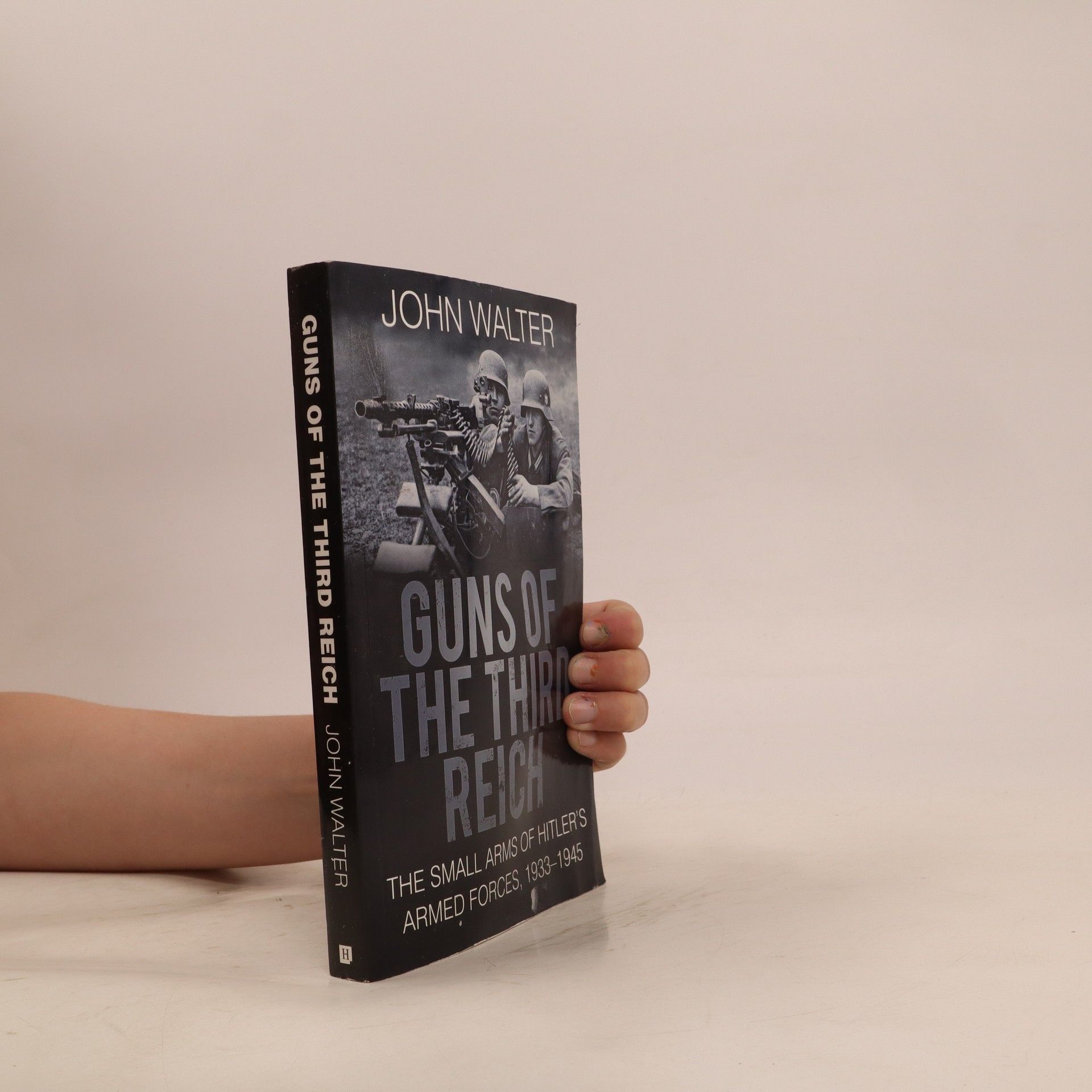Oto wnikliwa, napisana ze znawstwem historia technicznej i taktycznej ewolucji snajperstwa od wojny krymskiej po współczesność. Ta książka opisuje, jak zadziwiająco długo armie nie doceniały roli snajperów w walce, mimo że celne strzelanie było już technicznie możliwe w XIX wieku. Przełom nastąpił dopiero w latach 1939-1940, podczas wojny zimowej między Finlandią a Związkiem Radzieckim, kiedy wyćwiczeni strzelcy wyborowi dowiedli swojej siły, a słynny Fin Simo Hyh zastrzelił 505 wrogów w niespełna 100 dni. W 1941 roku, w chwili niemieckiej inwazji, Rosjanie byli już lepiej przygotowani, a gdy wojna dobiegała końca - oprócz żołnierzy, takich jak Wasilij Zajcew, bohater ze Stalingradu z 242 potwierdzonymi śmiertelnymi trafieniami, w Związku Radzieckim wyszkolono ponad dwa tysiące kobiet snajperek. Po 1945 roku sława snajperów znów na jakiś czas zbladła. Jednak wojna w Wietnamie, niekończący się konflikt na Bliskim Wschodzie i zagrożenie terroryzmem dały nowy impuls do rozwoju nie tylko snajperstwa, ale także skuteczniejszej broni. Autor omawia kluczowe dla rzemiosła snajperskiego umiejętności terenowe: polowanie, śledzenie i cierpliwą obserwację. Zwraca uwagę na przełomowe dokonania w historii rozwoju karabinów snajperskich, a w szczególności na ich wady i zalety. Prezentuje wyniki testów celności różnych karabinów z unikatowym systemem statystycznej oceny trafień. Podaje nowe, często korygujące dawne błędy informacje o najlepszych snajperach, oparte na badaniach genealogicznych. John Walter (ur. 1951 w Glasgow) to jeden z najpłodniejszych pisarzy zajmujących się tematyką broni strzeleckiej - autor 70 książek przetłumaczonych na kilkanaście języków. W dorobku ma prace o pistolecie Luger, kilka wydań Rifles of the World, a także The German Rifle i The Greenhill Dictionary of Guns and Gunmakers.
John Walter Book order

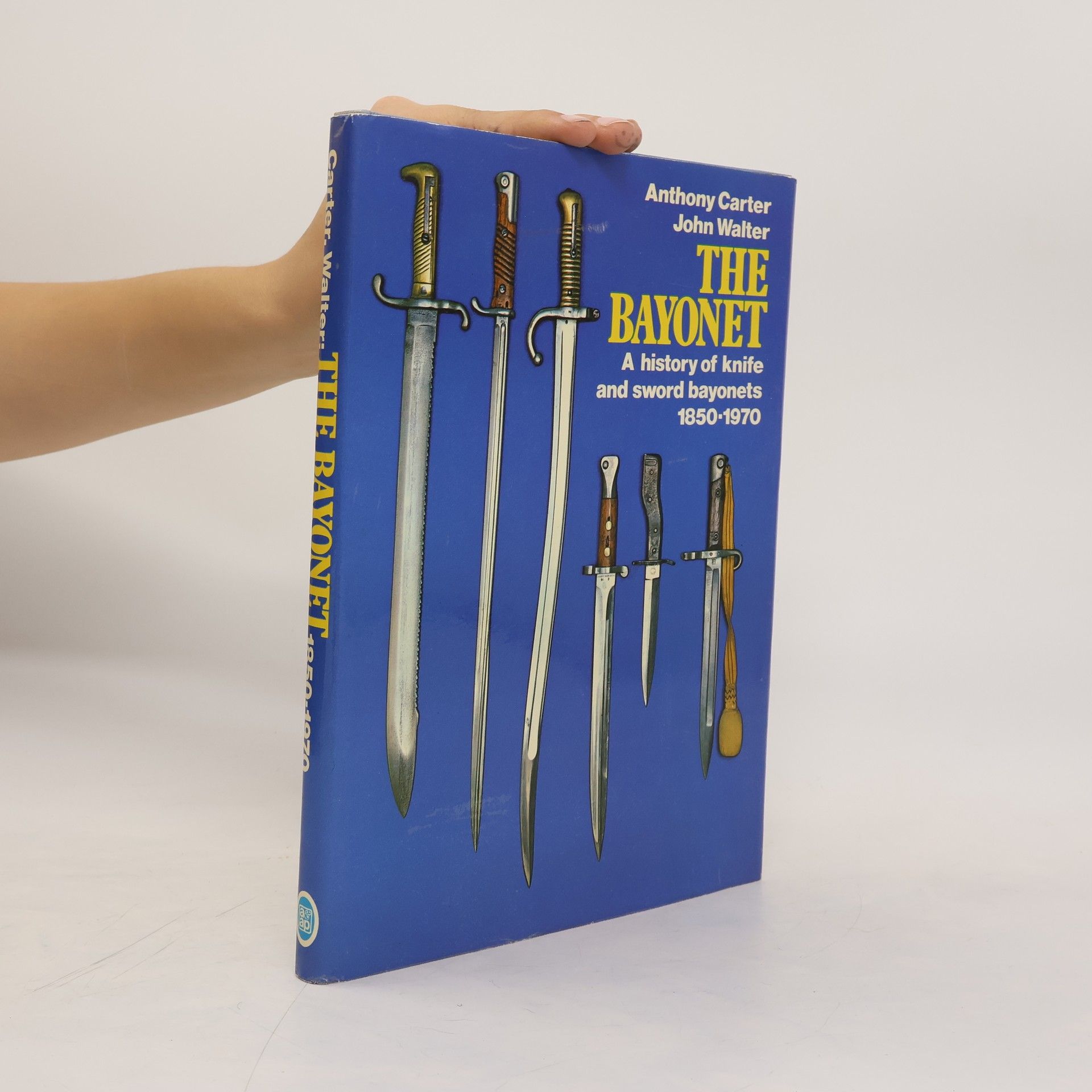

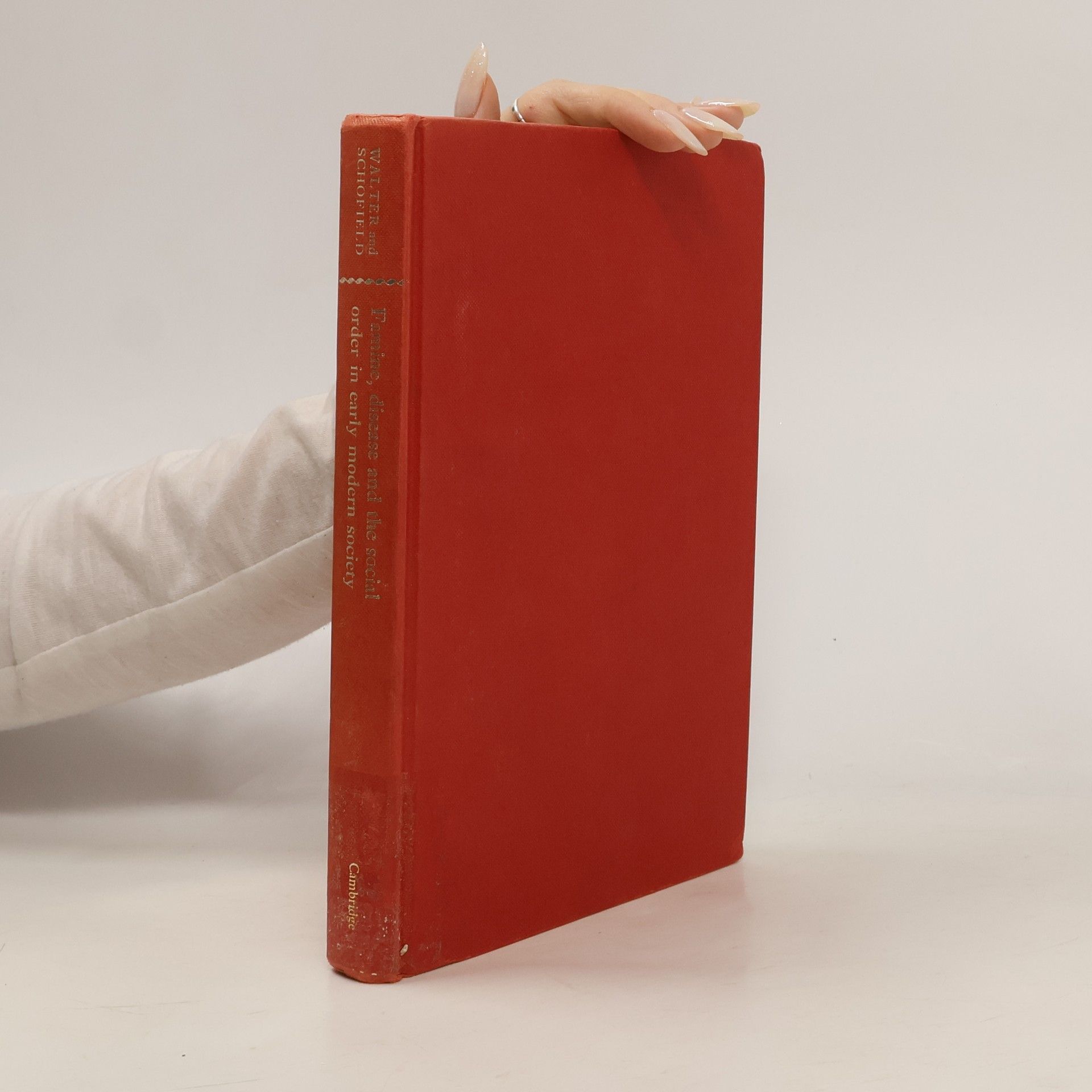
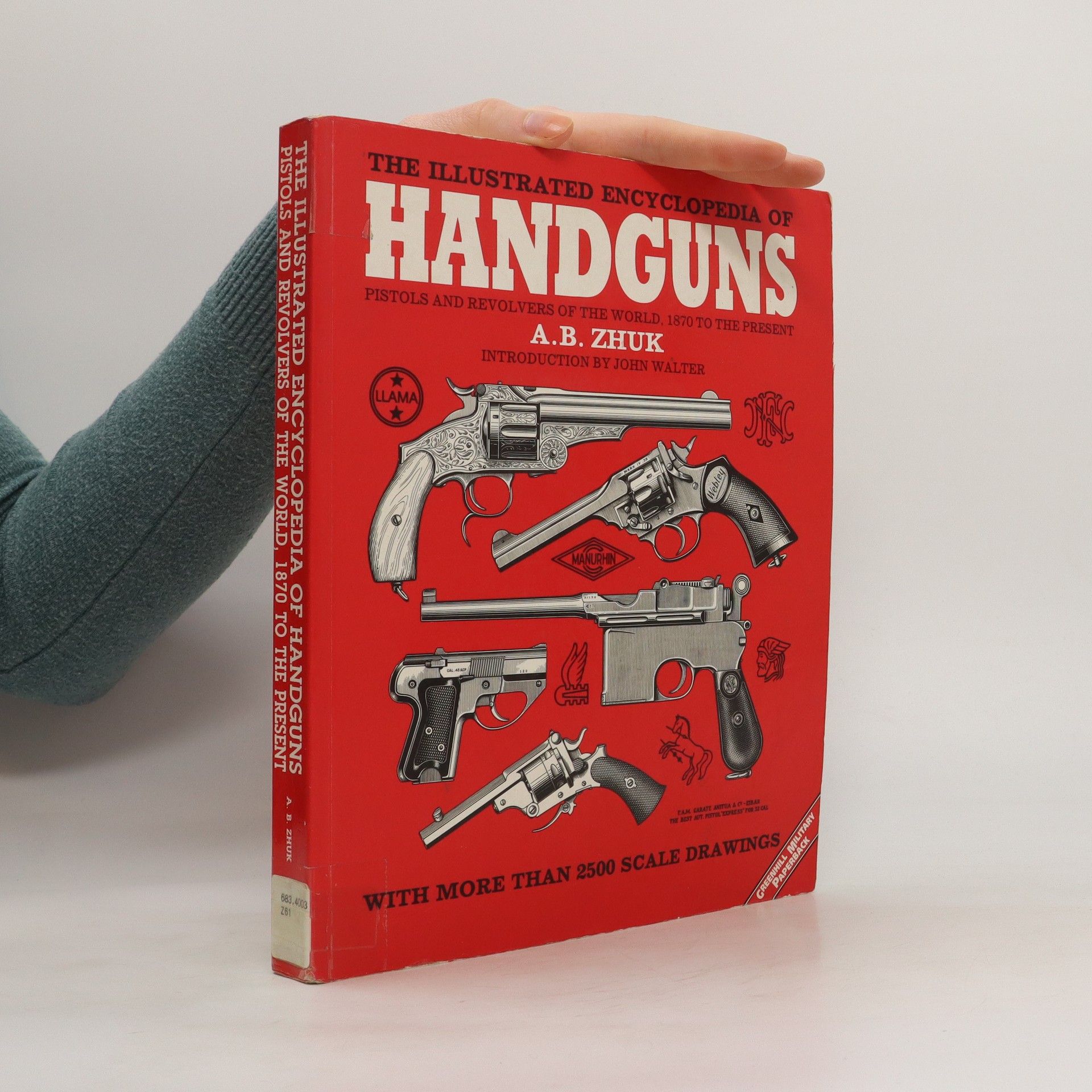

- 2024
- 2024
Fully illustrated, this absorbing study explores the evolving sniping technology and tactics employed by both sides in Asia and the Pacific during 1941–45. During World War II, both the Japanese and their Allied opponents made widespread use of snipers armed with a variety of rifles, scopes and accessories and prepared by widely differing levels of training and tactical doctrine. The challenges of fighting in a variety of harsh environments, from the Pacific islands to the vast expanses of China, prompted improvisation and innovation on both sides in the ongoing war between snipers and their adversaries. Often operating at relatively close ranges in restrictive terrain, snipers made particularly ingenious use of camouflage and deception as the fighting spread across Asia and the Pacific in the wake of the Pearl Harbor attack, while troops tasked with countering enemy marksmen had to learn the hard way how best to defeat a seemingly invisible enemy. Small arms expert John Walter considers the strengths and limitations of the rifles, scopes and accessories deployed by Japanese snipers and their Allied counterparts, as well as their different approaches to sniping tactics and training. Specially commissioned artwork and carefully chosen photographs illustrate this enthralling study of the sniping war in Asia and the Pacific during World War II.
- 2023
This is the absorbing story of the handguns credited to Nambu Kijiro, the principal personal-defence weapons of the Imperial forces. Featuring full-color artwork and carefully chosen photographs, this book charts the origins, development, combat use, and legacy of the Nambu pistols. Cutaway artwork reveals the inner workings of these important handguns, while specially commissioned battlescenes depict them in use in action. Influenced by the German C 96 and other semi-automatic pistols, the first Nambu model was never accepted for universal issue, being confined largely to purchase by Japanese officers. Adopted in 1925, the 14th Year Type was to become the best-known of these handguns, serving in every campaign undertaken by the Japanese in the 1930s and then throughout World War II. It served alongside the bizarrely conceived Type 94, intended as the weapon of airmen, tank crew, and anyone to whom its compact dimensions were useful. When World War II ended, thousands of Nambu pistols arrived in America with US veterans of World War II, while others were carried by insurgents and other armed groups across South East Asia for decades after 1945. Fully illustrated, this is the engrossing story of these distinctive pistols, from their origins to their legacy.
- 2023
Hlasy odstřelovačů : líčení svědků ze světových válek
- 224 pages
- 8 hours of reading
Tato unikátní sbírka výpovědí očitých svědků z první a druhé světové války vznikla na základě neuvěřitelné šíře svědectví z první ruky. John Walter vychází z pečlivého výzkumu a ze vzpomínek více než padesáti odstřelovačů, sleduje jejich cestu od náboru a výběru přes výcvik, boj a jeho následky, aby odhalil překvapivou společnou zkušenost odstřelovačů rozdílných národností. Text knihy odhaluje triumfy a brutalitu odstřelovačského řemesla a osobnosti a psychologii těch, kteří je praktikovali. Vezmeme-li v úvahu bezprostřední důsledky jak na psychiku odstřelovače, tak na širší dějiště války, je to fascinující, podrobný popis boje v první linii a zkušeností odstřelovačů v historickém kontextu. V závěru knihy je připojena ukázka z deníku ruské odstřelovačky Rozy Šaninové, která je dodnes oslavována pro svou pozoruhodnou přesnost střelby a udivující statečnost. Ukázka z deníku nabízí vzácný pohled na to, jak bylo složité být ženou odstřelovačkou v první linii.
- 2022
Walther Pistols
- 80 pages
- 3 hours of reading
While the PP and PPK were intended for police work, the Walther P 38 was produced for the Germany military; all three pistols have garnered a formidable international reputation since the 1930s.The innovative Walther PP (Polizeipistole), a double-action semi-automatic pistol intended for the law-enforcement market, became available in 1929 and went on to arm the police of several European countries in the 1930s. Its smaller cousin the PPK, more readily concealed for undercover work but with reduced magazine capacity, was produced from 1931. Intended to replace the P 08 Luger, the Walther P 38 was issued from 1940 and equipped the armed forces of Germany and other countries during and after World War II, but never entirely replaced the Luger in German service. All three pistols went on to have lengthy and varied service across the world after 1945. Both the PP and the PPK remain in production today, while the P 38 re-emerged as the P1 and equipped West German forces from 1963 until 2004, when it was replaced by the P8. In this study, noted authority John Walter assesses the origins, development, use and legacy of these three high-profile semi-automatic pistols, alongside other Walther variants, such as the tiny .25 ACP Modell 9.
- 2022
A unique overview of sniping throughout the First and Second World War. Draws on a breadth of material, including the first-hand testimonies of over fifty snipers. Appended with the complete diary of the celebrated Russian WWII sniper, Roza Shanina.
- 2021
Z deníku odstřelovačky : svědectví o nelítostných bojích na východní frontě
- 120 pages
- 5 hours of reading
Svědectví o nelítostných bojích na východní frontě přináší vzpomínky Rozy Šaninové, jedné z nejznámějších sovětských odstřelovaček druhé světové války. Proslavila se nejen neobyčejnou odvahou, za kterou byla vyznamenána Řádem slávy druhého a třetího stupně, ale také krásou, kterou sovětská propaganda využívala k podpoře válečného úsilí. Roza, s neoficiálním počtem 75 či 76 zabití nepřítele, byla součástí skupiny Prchající trojka a patřila k přibližně dvěma tisícům odstřelovaček, které Sověti vycvičili a které měly zastřelit více než jedenáct tisíc Němců. Více než 250 mladých dívek, včetně Rozy, zaplatilo za své hrdinství životem. Její vzpomínky, zachycující službu od října 1944 do ledna 1945, dokumentují nejen hrdinství, ale i zoufalství a rozervanost, kterou prožívala, podmínky vojaček v sovětské armádě, jejich lásky, přátelství a zklamání z krutého života na frontě. Roza byla citlivá a talentovaná dívka, projevující zájem o literaturu a umění, která zahynula v pouhých jednadvaceti letech v těžkých bojích u Znamenského v Kaliningradské oblasti.
- 2020
O strzelcach wyborowych i snajperstwie napisano miliony słów, żadna jednak książka (ani Wikipedia!) nie mogą odpowiedzieć na każde pytanie z taką samą dokładnością. Jedne dokumenty historyczne są bardziej wiarygodne od innych, a źródła biograficzne notoryczne traktują problemy wybiórczo. Często łatwiej jest prześledzić koleje losu brytyjskiego czy amerykańskiego strzelca wyborowego zakładając, że nazwisko Brytyjczyka w ogóle zostało odnotowane niż niemieckiego czy rosyjskiego. Snajper. Encyklopedia stanowi obszerną pracę obejmującą praktycznie każdy aspekt rzemiosła snajpera. Książka zawiera opisy dokonań setek snajperów tych najbardziej znanych, światowej sławy mistrzów, jak choćby Wasilij Zajcew czy Chris Kyle, ale także tych doskonałych żołnierzy, których dokonania zostały przeoczone przez historię. Wśród nich znajduje się wielu z ponad tysiąca snajperów walczących w szeregach Armii Czerwonej mężczyzn i zaskakująco dużą liczbę kobiet którzy mogli pochwalić się odpowiednią skutecznością, by otrzymać Order Sławy trzeciej klasy. Książka podejmuje również trud identyfikacji najbardziej znaczących ofiar snajperów oraz obala najczęściej powtarzane mity. Każdy pasjonat zauważy, jak wielką uwagę autor poświęcił historii i rozwojowi wielu specjalistycznych karabinów snajperskich, służących armiom świata od czasów wojen amerykańskich XIX wieku do czasów obecnych, przesiąkniętych technologią konfliktów, oraz postępu w produkcji amunicji, bez której, co oczywiste, precyzyjne strzelanie nie byłoby niemożliwe. W Snajper. Encyklopedia znaleźć również można informacje na temat rozwoju wszelkich akcesoriów, od odzieży maskującej po dalmierze laserowe, oraz opisy ważnych lokalizacji i konkretnych kampanii.
- 2020
Weapons of the Civil War Cavalryman
- 80 pages
- 3 hours of reading
Replete with specially commissioned artwork, this lively study assesses the effectiveness of the various weapons equipping the Civil War cavalryman and the decisions made concerning the armament of the US cavalry after 1865.
- 2016
Guns of the Third Reich
- 256 pages
- 9 hours of reading
The armies of the Third Reich were a formidable foe for the Allied forces - largely thanks to the effectiveness of their equipment and weaponry. In this first-class book, renowned firearms expert John Walter examines the full range of guns used from the commercially successful Walter PP and PPK, to the double-action, personal defence pistols Mauser HSc and Sauer M38. Walter also considers the value of weapons that were captured and then used, by the Wehrmacht and the police. Thoroughly researched and illustrated with fascinating examples, this comprehensive reference book covers all significant aspects of design and employment, including data for each weapon on length, weight, barrel, magazine and muzzle velocity. This is an indispensable resource on a compelling subject.

